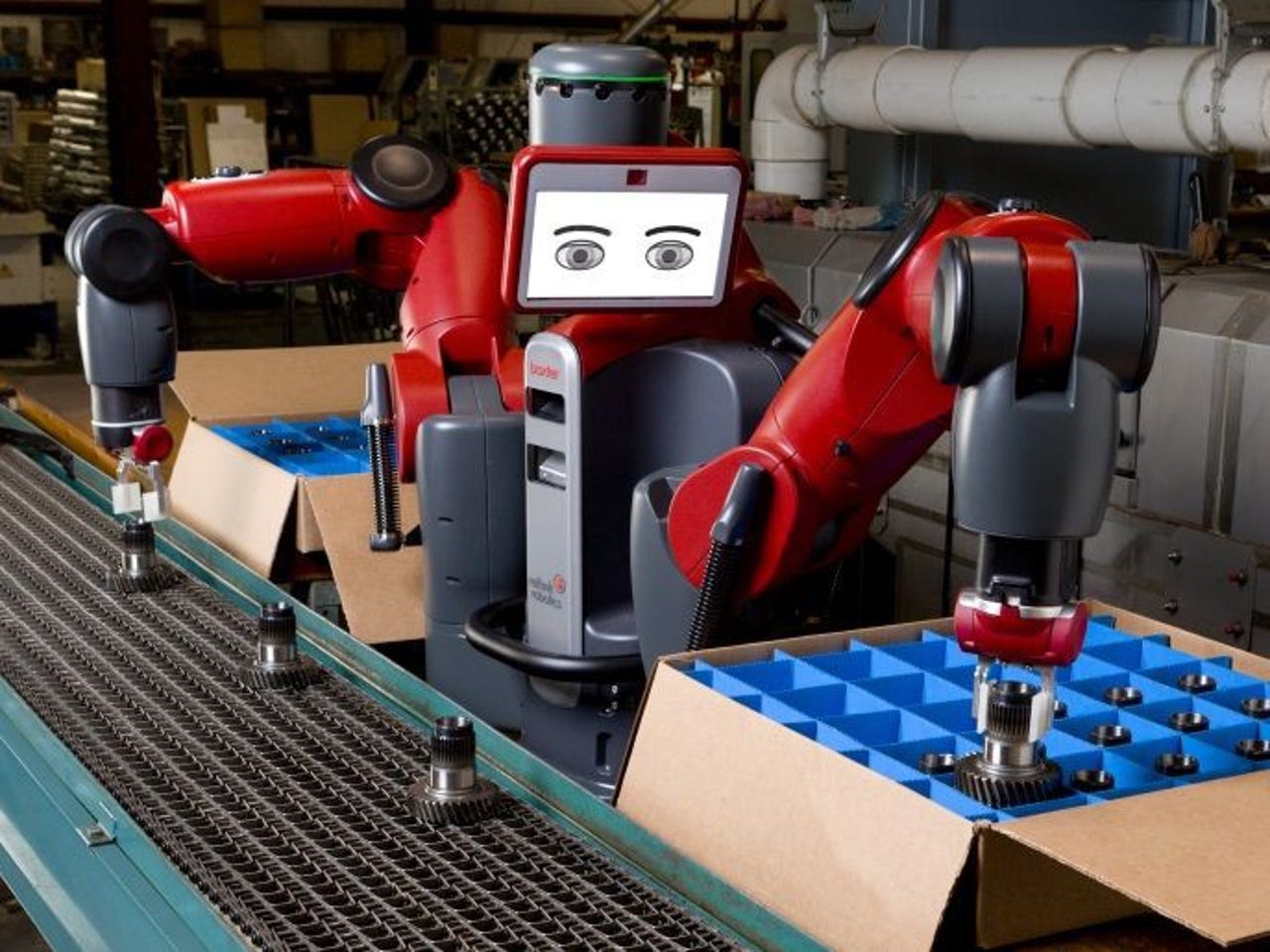Robots are already here, but there's a race underway to build better software for them


The market for robot software is expected to exceed $7.5 billion by 2022.
That's according to a new Markets and Markets report, which traces the phenomenal growth in the sector.
Last year, robot software accounted for $1.1 billion in sales, up from just $843 million in 2016.
That's a CAGR of nearly 46 percent and a good reflection of both the speed of adoption of robotics and the diversity of industries turning to automation for the first time.
Read also: Stethee reinvents the stethoscope to build a cardiac data cloud
Explosion in the robot software market brings into focus the massive opportunities for software engineers and computer scientists amid what may be the next industrial revolution -- one driven by automation.
As I wrote last year, robots are becoming much more user-friendly as companies like Rethink Robotics strive to make light industrial robots simpler to program on the fly.
Some collaborative robots, like Rethink's Baxter, can be programmed to complete a task by physically walking the unit through the required steps.
But the day hasn't yet arrived when any average person at a small manufacturing company can instruct an industrial robot to perform a complex task, and that's hampering adoption.
The industry is responding with huge investment in software designed to lower the barrier to entry for companies looking to automate, which is driving the massive year-over-year growth identified in the Markets and Markets report.
Read also: Self-driving cars: This robot driver cruises through snow and ice
The boom in robot software has come hand-in-hand with the rise of a fast-growing field service sector comprised largely of early-career computer scientists, another opportunity for recent grads and those looking to switch tracks to get in on the fast-growing robotics market.
An army of trained technicians is needed to bring programming know-how to companies looking to add more automation.
I expect the trend to continue, creating more opportunities for talented programmers.